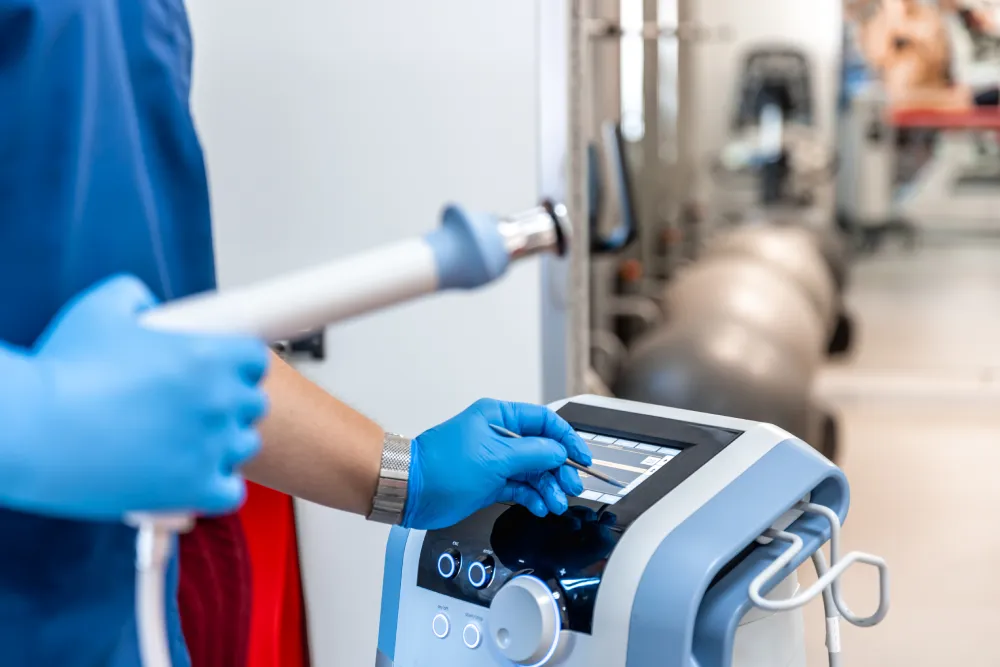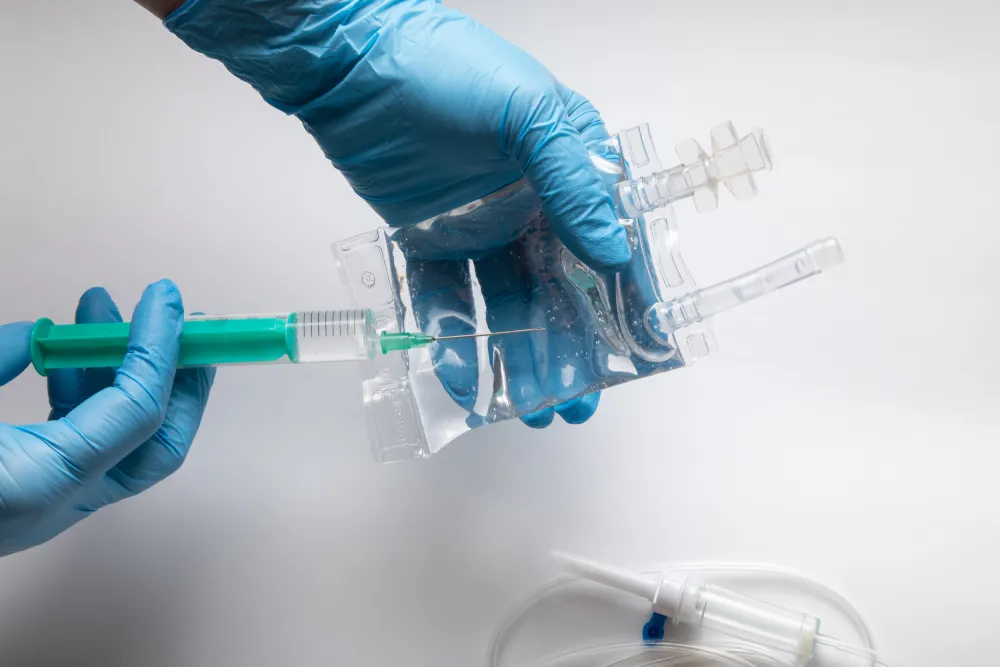Choosing the Right Hemodialysis Catheter Manufacturers
Introduction
Hemodialysis catheters play a crucial role in the treatment of individuals with kidney failure, providing a lifeline for those undergoing hemodialysis. Choosing the right catheter is essential for the success and safety of the procedure. This comprehensive guide will explore the key factors to consider when selecting a hemodialysis catheter manufacturers.

Understanding Hemodialysis Catheters
Hemodialysis catheters are vascular access devices designed to facilitate blood exchange during hemodialysis. These catheters are typically inserted into large veins, allowing for the efficient removal and return of blood during dialysis treatment. Choosing the right catheter is critical to ensure optimal performance, minimize complications, and enhance patient comfort.
Key Considerations for Choosing a Hemodialysis Catheter
Material and Design
- The material of the catheter is a crucial factor in determining its longevity and biocompatibility. Manufacturers offer catheters made from silicone, polyurethane, and other advanced polymers.
- Consider the design features, such as luminal flow, tip configuration, and the presence of cuff or antimicrobial coatings. These factors influence the catheter’s ease of insertion, performance, and resistance to infection.
Size and Length
- Catheters come in various sizes and lengths to accommodate the diverse anatomy of patients. Manufacturers offer options suitable for pediatric and adult patients, ensuring a proper fit for different individuals.
- Proper sizing and length are essential to prevent complications such as thrombosis, kinking, or inadequate blood flow during hemodialysis.
Biocompatibility and Infection Control
- Manufacturers employ strategies to enhance biocompatibility, such as heparin coatings and silver-based antimicrobial technologies. These features reduce the risk of infection and thrombosis associated with catheter use.
- Consider catheters with features like BioGUARD™ technology or impregnated antibiotics contributing to infection prevention.
Insertion Technique
- Manufacturers may provide catheters designed for specific insertion techniques, such as Seldinger or modified Seldinger techniques. The ease of insertion can impact procedural success and patient comfort.
- Look for catheters that offer user-friendly insertion processes, minimize complications, and improve overall patient experience.
Manufacturing Standards and Certifications
- Ensure that the hemodialysis catheters are manufactured in compliance with relevant standards and regulations, such as ISO 13485 for medical devices. This ensures the quality and safety of the catheters.
- Look for certifications from regulatory bodies like the FDA, CE Mark, or other local health authorities, indicating adherence to stringent manufacturing and safety standards.
Expanding on the Importance of Choosing the Right Hemodialysis Catheter Manufacturers
Flow Dynamics and Recirculation
- Consideration of flow dynamics is crucial in selecting a hemodialysis catheter. Efficient blood flow is essential for effective dialysis treatment. Some catheters, such as those with split-tip designs, are engineered to minimize recirculation, ensuring that the blood circulates through the dialyzer efficiently.
- Manufacturers like Medtronic have developed catheters with features that address recirculation issues, contributing to improved dialysis efficiency and reduced treatment times.
Long-Term Performance and Durability
- Longevity and durability are key considerations, especially for patients requiring prolonged hemodialysis treatment. Manufacturers often employ advanced materials and construction techniques to enhance the catheter’s resistance to wear and tear.
- Evaluating the track record of catheters from different manufacturers and considering their performance over an extended period can provide valuable insights into the long-term reliability of the catheter.
Patient Comfort and Quality of Life
- The impact of hemodialysis on a patient’s quality of life cannot be overstated. Choosing a catheter that prioritizes patient comfort can significantly improve the overall experience for individuals undergoing dialysis.
- Features such as softer materials, reduced friction, and ergonomic designs contribute to patient comfort during catheter use. Manufacturers like Teleflex focus on creating catheters that balance clinical efficacy with patient well-being.
Complication Rates and Clinical Studies
- Reviewing clinical studies and data on the complication rates associated with hemodialysis catheters from different manufacturers is essential. Manufacturers often conduct trials to assess the safety and efficacy of their products in real-world clinical settings.
- Understanding the results of these studies can assist healthcare providers in making informed decisions based on the performance of catheters in various patient populations and clinical scenarios.
Training and Support Services
- Manufacturers support healthcare providers by offering training programs and support services. Access to comprehensive training materials and educational resources can facilitate the proper insertion and maintenance of hemodialysis catheters.
- Evaluate the training programs provided by manufacturers to ensure that healthcare professionals are adequately equipped to handle catheter-related procedures and address potential complications effectively.
Cost Considerations
- While ensuring the highest quality is paramount, cost considerations are also a factor in selecting hemodialysis catheters. Evaluate the overall cost-effectiveness, considering factors such as the frequency of catheter replacements, potential complications, and the impact on healthcare resources.
- Some manufacturers offer value-added features that may contribute to long-term cost savings by reducing the incidence of complications and hospitalizations.
Customization Options
- Patient anatomy can vary, and having customization options can be advantageous. Some manufacturers offer catheters with adjustable features, allowing healthcare providers to tailor the catheter to each patient’s specific needs.
- Customization options can include variations in length, tip configuration, and luminal diameter, providing a more personalized approach to hemodialysis vascular access.
Feedback from Healthcare Professionals
- Seeking feedback from experienced healthcare professionals who have used catheters from different manufacturers can provide valuable insights. Peer-reviewed articles, conferences, and online forums are platforms where clinicians often share their experiences and opinions on various catheter brands.
- Consider incorporating real-world experiences and testimonials into the decision-making process, as they can offer practical perspectives on the performance and reliability of different catheter models.

Conclusion
Choosing the right hemodialysis catheter is a critical decision that can significantly impact the success of dialysis treatment and the well-being of patients. By considering factors such as material, design, size, biocompatibility, and infection control, healthcare professionals can make informed decisions.
Prominent manufacturers like Manishmedi Innovation offer a range of high-quality hemodialysis catheters, each with unique features and benefits. When selecting a catheter, healthcare providers should prioritize patient safety, ease of use, and compliance with manufacturing standards.
In conclusion, staying informed about the latest advancements in hemodialysis catheter technology and collaborating with reliable manufacturers will improve patient outcomes and the overall success of hemodialysis treatments. Hemodialysis catheter manufacturers continue to drive innovation in the field, providing healthcare professionals with the tools to deliver optimal care to patients with kidney failure.
